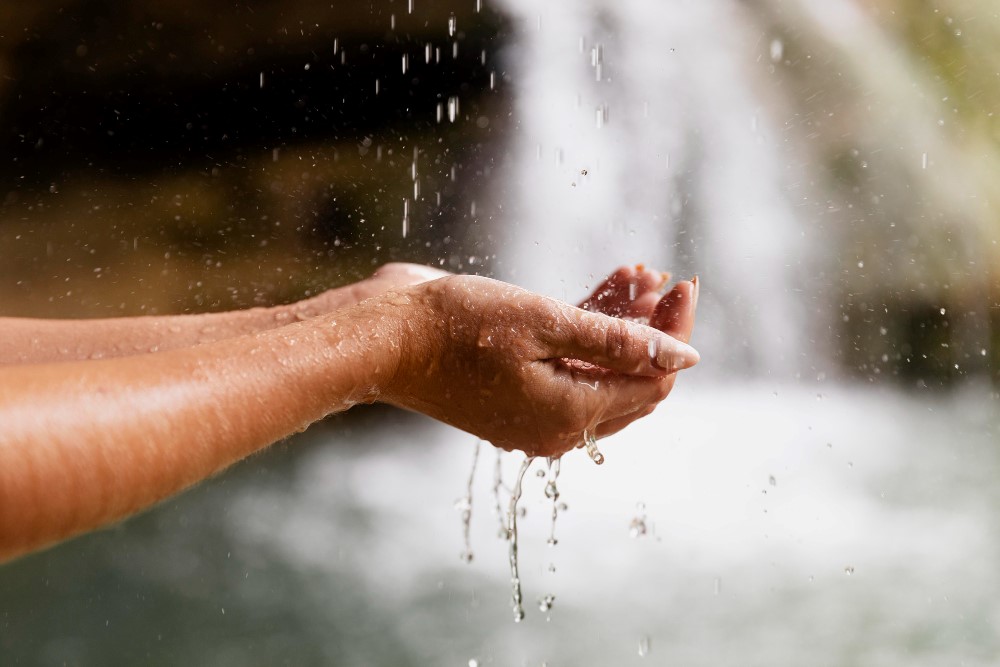Have you ever wondered how much rainwater your roof could catch during a downpour? Rainwater harvesting isn’t just a smart move—it’s a game-changer for your home and wallet. Let’s dive into how integrating rainwater harvesting methods into modern house construction can not only benefit the planet but also significantly lighten your financial load.
What Exactly is Rainwater Harvesting?
Imagine every drop of rain as a penny from heaven—rainwater harvesting simply means catching those pennies in a big jar and using them later. This process involves collecting rainwater from your roof, storing it securely, and then using it for daily tasks such as watering gardens, flushing toilets, and even washing clothes.
Why Should You Consider Rainwater Harvesting?
- Sustainable and Sensible: At its core, rainwater harvesting helps you tap into a natural resource that’s often overlooked. By setting up a system to capture rainwater, you’re taking a big step towards sustainable living. This isn’t just good for the earth; it’s also great for your budget.
- Ease and Efficiency in Modern House Construction: Integrating rainwater harvesting into modern house construction is simpler than you might think. With advancements in technology, adding these systems during the construction phase ensures they blend seamlessly into your home’s design—no more afterthoughts or clunky setups!
How Does the Rain Water Harvesting Process Save You Money?
- Cut Down on Utility Bills: Using stored rainwater for non-drinking purposes can significantly reduce your water bill. Think about irrigation, toilet flushing, and more—all without a penny spent on municipal water.
- Less Strain on Your Main Water Supply: By using rainwater, you’re easing the load on your municipal system, especially during peak seasons or droughts. This not only ensures you have a backup supply but also helps in maintaining lower water costs community-wide.
- Long-Term Savings: While there’s an upfront cost to install a rainwater harvesting system, the long-term savings are undeniable. Reduced dependence on municipal water can mean decades of lower bills. Plus, systems these days are designed to be low-maintenance, so don’t worry about ongoing costs.
Regular Maintenance Tasks for a Rainwater Harvesting System
Maintaining a rainwater harvesting unit is essential for ensuring its efficiency and longevity, but it’s generally not costly, especially when compared to the savings on water bills. Here are some key maintenance steps along with insights into the associated costs:
- Gutter Cleaning: Gutters should be cleared of leaves, debris, and silt regularly to prevent blockages. This is usually done twice a year, typically in the spring and autumn.
- Inspect and Clean Filters: Filters need to be checked and cleaned every few months depending on the debris load in your area. This is crucial to prevent clogging and maintain water quality.
- Check for Algae and Sediments: Tanks should be inspected for algae growth and sediment accumulation at least once a year. If necessary, they should be cleaned to prevent blockages and maintain water quality.
- System Integrity Check: Annually inspect all components such as the catchment area, conveyance system, storage tanks, and fittings for signs of wear and tear or leakage.
- Water Quality Testing: Periodically, especially if the water is used for domestic purposes beyond irrigation, testing water quality is advised to ensure it is safe for use.
Cost Considerations
- DIY vs. Professional Services: Basic maintenance like cleaning gutters and filters can be a DIY task, which helps in reducing costs. However, for tasks requiring technical expertise, such as repairing parts of the system or deep cleaning tanks, professional services might be necessary.
- Frequency of Maintenance: The frequency of maintenance depends on the system size and local environmental conditions (e.g., tree cover). Systems under heavy debris loads might require more frequent upkeep.
- Initial Quality of Installation: Investing in a high-quality installation by professionals, like the ones from us, can reduce the frequency and cost of maintenance over time.
Overall, while there is some cost involved in maintaining a rainwater harvesting system, these expenses are generally manageable and are often offset by the savings on municipal water costs. The key to minimizing maintenance cost is regular upkeep, which extends the system’s life and ensures optimal performance.
Getting Started with Rainwater Harvesting in Your Home
Interested in making rainwater harvesting part of your modern house construction? Companies like us are at the forefront of incorporating sustainable technologies into home building. We understand that a modern home isn’t just about looks—it’s about smart, sustainable living.
To find out more about how GharEka can help you integrate rainwater harvesting into your new home, check out our site. Imagine turning every rainy day into an opportunity to save for the future—GharEka makes it possible.
Dive deeper into rainwater harvesting and start making every drop count. It’s not just about saving money; it’s about taking a proactive step towards a sustainable future.

